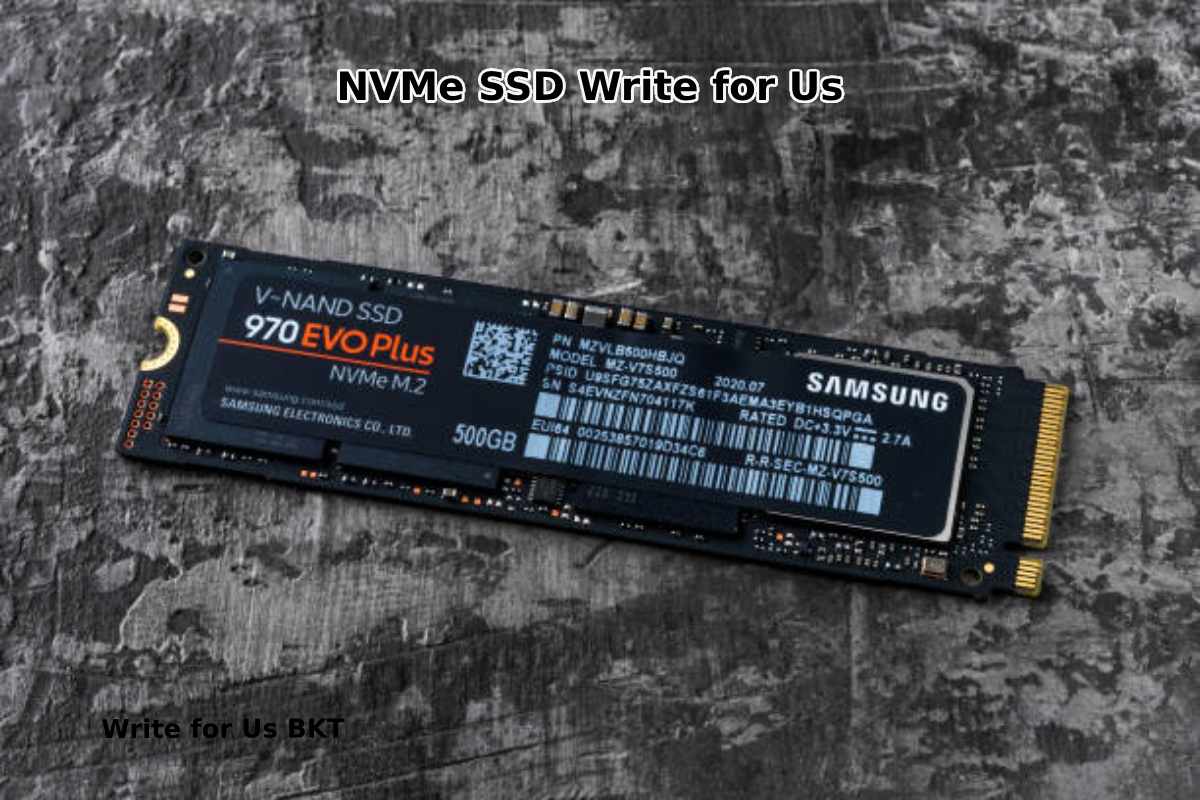NVMe SSD Write for Us

NVMe-based PCIe SSDs are more expensive than SATA and SAS options and may use more power. It’s important to decide if the business’s needs warrant the extra cost. Unless applications are data-heavy, or perform in settings where every microsecond counts, the business may not benefit from the expense.
The SCSI Trade Association claims that the most recent SATA-based SSD interfaces have some advantages over NVMe: easier scalability and reliable failover protections.
Another key point: NVMe is compatible only with SSD. If the business has larger capacity drives only available as HDDs still in use, or wants to be able to add them easily in the future, it will still have to use SATA or SAS, which are compatible with any type of media.
NVMe is not intended to make the older interfaces obsolete. Going forward, NVMe, SATA, and even SAS will make up a suite of options to choose from based on cost, processing needs, and power consumption.
How Does NVMe work?
NVMe achieves its speed in several ways:
- NVMe can perform parallel input/output (I/O) operations with multicore processors to facilitate high throughput.
- While Advanced Host Controller Interface (AHCI), the previous PCIe interface for SSD, must communicate with the SAS/SATA controller, NVMe communicates directly with the host CPU.
- NVMe has more command queues (64,000 vs. 1) and can send more commands per queue (64,000 vs. 32) than AHCI.
- In contrast to AHCI, NVMe utilizes low CPU cycles.
- NVMe operations have a latency of 2.8 microseconds versus AHCI’s 6 microseconds.
- NVMe can perform over 1 million I/O operations per second (IOPS).
- NVMe supports SSDs with a variety of types of non-volatile memory (NVM), including NAND flash and 3D XPoint technology, which was developed by Intel and Micron to bring the performance characteristics of DRAM to NVM.
Benefits of NVMe
Speed: In certain data-heavy or mission-critical situations, NVMe’s advantages allow businesses to leverage the potential of multicore CPUs and gigabytes of flash memory. Reading and writing from memory is a constant process, which means NVMe can improve overall network performance, meeting business goals more rapidly and boosting productivity.
Security: NVMe’s sanitize operations modify all data on a volume to make recovery impossible from any cache, non-volatile media, or controller memory. This step is helpful when hardware is being retired or repurposed. Sanitize can mean overwriting, low-level block-erasing on NAND media, or crypto erase, which will reset an encryption key.
Scaling: NVMe’s non-vendor specificity provides easier, more rapid scaling, as systems can be set up without configuring various drivers.
How to Submit An Article?
To Submit An Article you can email us at contact@businessknowledgetoday.com
Guidelines of the Article – NVMe SSD Write for Us
Why Write for Business Knowledge Today Befits you Get
Related Pages
How To Start A Business Write For Us
Social Media Marketing Write For Us



